Ikea research lab ponders the future of the ideal city
Space10 – Ikea's research and design lab in Copenhagen – has teamed up with publisher Gestalten to create a book that explores a better urban environment for humanity's future
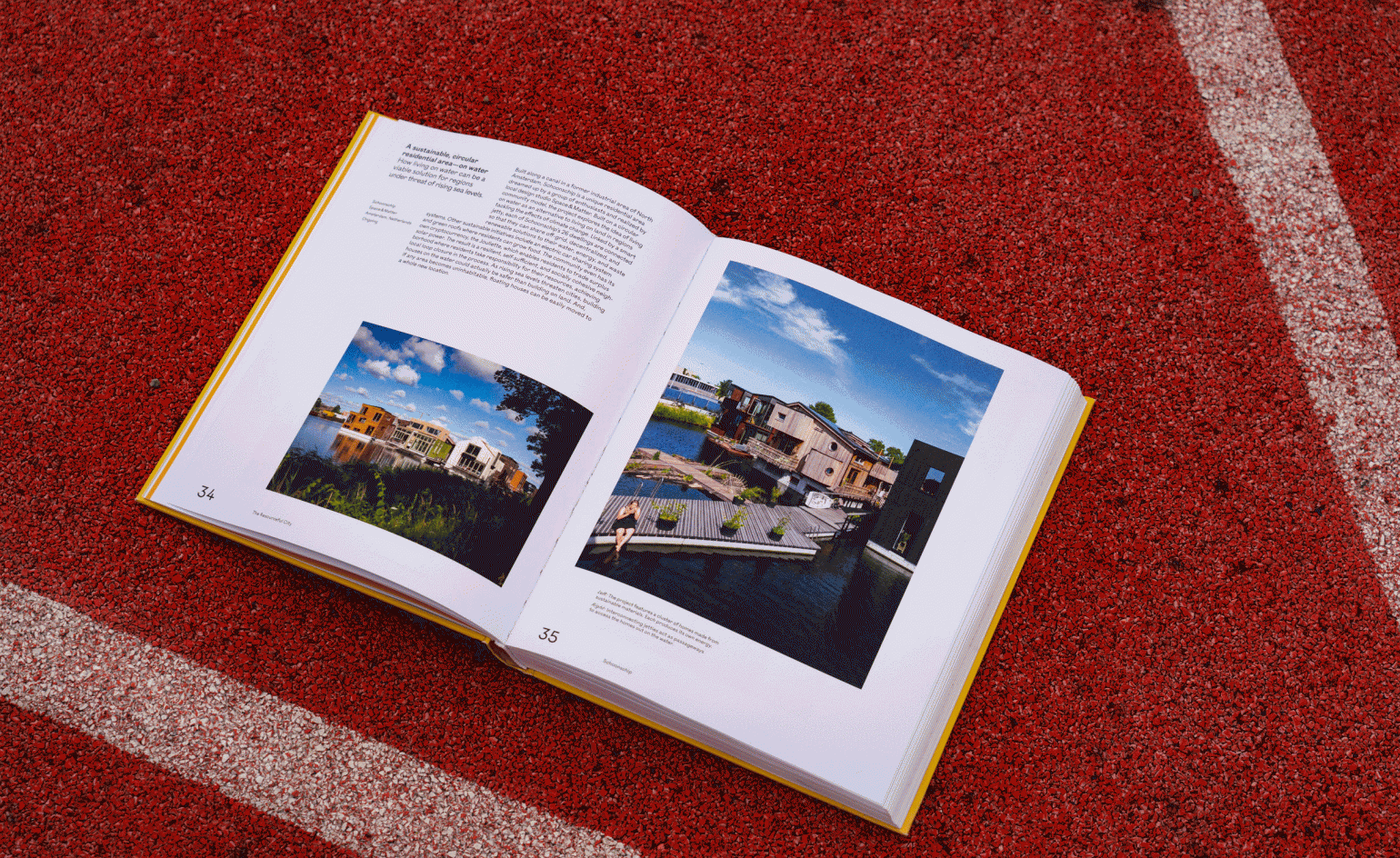
The Ideal City is a new architecture book from Space10, the Swedish furniture giant Ikea’s own R&D lab, based in Copenhagen. A compilation of best practice from around the world – 53 cities in 30 countries – the thrust of the book is to capture urban projects that are striving to make a difference, gently but inexorably steering towards the impossible goal of ‘utopia’. As a result, there’s a welcome thread of positivity running through the pages, perhaps unsurprising when you consider how much of a positive spin Ikea has managed to place on the prosaic art of furniture making.
The project run from public toilets to new parks, urban farms, food provision, even prisons and wholescale city district regeneration. Divided into five focal areas – The Resourceful City, The Accessible City, The Shared City, The Safe City and The Desirable City – the book includes projects and proposals from featured architects such as SelgasCano, Naruse Inokuma Architects, Gustafson Porter + Bowman, and Urban-Think Tank, along with a host of thinkers and theorists.
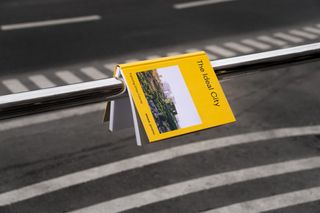
The topics cover all the key talking points of our age, from closed-loop energy systems to more walkable, accessible and diverse urban spaces. As architect Bjarke Ingels describes it, true utopia might be impossible, but that doesn’t stop designers from ensuring that each time they design a ‘little fragment of the world [you have to make it] more like the way you wish the world to be’.
Many of the featured projects follow the now-familiar format of a focal point designed to act as an exemplar and generator of socially progressive ideas, whether it’s a place of worship, a community market, a bike park or public seating.
The book goes further by talking to planners and entrepreneurs, highlighting the uneasy relationship between public and private that makes progress so unpredictable. You’ll come away from these pages realising that although design leadership is never in question, what’s needed most is political will. Without economic and legislative building blocks, a new social contract will struggle to take shape.
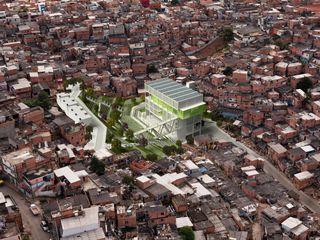
Fábrica de Cultura: Grotão, Brazil by Urban-Think Tank.

Tapis Rouge, Haiti, by EVA Studio.
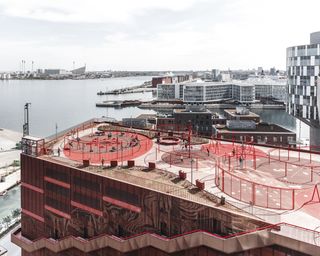
Parking House + Konditaget Lüders, Copenhagen, by JAJA Architects.

Three Generation House, Amsterdam, by BETA.

Regional Market, Dandaji, by Atelier Masomi

Superkilen park, Copenhagen, by BIG, Topotek1 and Superflex.
INFORMATION
The Ideal City, SPACE10 & gestalten, €35.
Wallpaper* Newsletter
Receive our daily digest of inspiration, escapism and design stories from around the world direct to your inbox
Jonathan Bell has written for Wallpaper* magazine since 1999, covering everything from architecture and transport design to books, tech and graphic design. He is now the magazine’s Transport and Technology Editor. Jonathan has written and edited 15 books, including Concept Car Design, 21st Century House, and The New Modern House. He is also the host of Wallpaper’s first podcast.
-
 The 2024 Ivor Novello nominations for songwriting have been revealed
The 2024 Ivor Novello nominations for songwriting have been revealed77 British and Irish songwriters and composers make up this year's nominees, announced tonight at London's Groucho Club
By Charlotte Gunn Published
-
 Why Bollinger’s La Grande Année 2015 champagne is worth celebrating
Why Bollinger’s La Grande Année 2015 champagne is worth celebratingChampagne Bollinger unveils La Grande Année 2015 and La Grande Année Rosé 2015, two outstanding cuvées from an exceptional year in wine-making
By Melina Keays Published
-
 Lexus installation explores time at Milan Design Week 2024
Lexus installation explores time at Milan Design Week 2024Lexus brought designer Hideki Yoshimoto’s ‘Beyond the Horizon’ to Milan’s Art Point, part of its ongoing series of collaborations with Fuorisalone
By Nargess Shahmanesh Banks Published
-
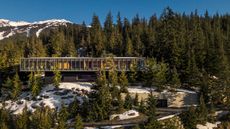 Marcio Kogan’s Studio MK27 celebrated in this new monograph from Rizzoli
Marcio Kogan’s Studio MK27 celebrated in this new monograph from Rizzoli‘The Architecture of Studio MK27. Lights, camera, action’ is a richly illustrated journey through the evolution of this famed Brazilian architecture studio
By Jonathan Bell Published
-
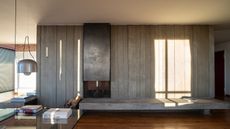 ‘Interior sculptor’ Christophe Gevers’ oeuvre is celebrated in new book
‘Interior sculptor’ Christophe Gevers’ oeuvre is celebrated in new book‘Christophe Gevers’ is a sleek monograph dedicated to the Belgian's life work as an interior architect, designer, sculptor and inventor, with unseen photography by Jean-Pierre Gabriel
By Tianna Williams Published
-
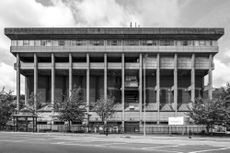 Flick through ‘Brutal Wales’, a book celebrating concrete architecture
Flick through ‘Brutal Wales’, a book celebrating concrete architecture‘Brutal Wales’ book zooms into a selection of concrete Welsh architecture treasures through the lens of photographer Simon Phipps
By Ellie Stathaki Published
-
 Architecture books to inspire shelf love
Architecture books to inspire shelf loveHere at Wallpaper*, we’ve got architecture books piling up; among them, these are the photographic tomes, architects’ monographs and limited editions that we couldn’t resist
By Ellie Stathaki Published
-
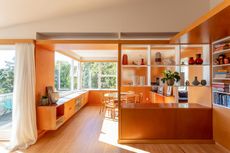 Pioneering modernist Henry Kulka's life and career tracked in limited-edition monograph
Pioneering modernist Henry Kulka's life and career tracked in limited-edition monographCzech-New Zealand architect Henry Kulka, a man who spread modernist ideals half way around the world, is celebrated in Giles Reid and Mary Gaudin’s richly illustrated monograph
By Jonathan Bell Published
-
 Nordic architecture explored in Share, a book about contemporary building
Nordic architecture explored in Share, a book about contemporary buildingDiscussions about Nordic architecture and contemporary practice meet in a new book by Artifice, Share: Conversations about Contemporary Architecture – The Nordic Countries
By Ellie Stathaki Published
-
 London Feeds Itself: we are hungry for Open City's book on food and architecture
London Feeds Itself: we are hungry for Open City's book on food and architectureLondon Feeds Itself, a new book by Open City, is a scrumptious offering that connects food culture and architecture
By Nick Compton Last updated
-
 The Sustainable City chronicles London’s eco design innovation
The Sustainable City chronicles London’s eco design innovationUrban areas provide the best environment for ultra-low-impact living; that's the premise of Harriet Thorpe’s new book, The Sustainable City, which brings together the architecture that's shaping London’s quiet green revolution
By Jonathan Bell Last updated